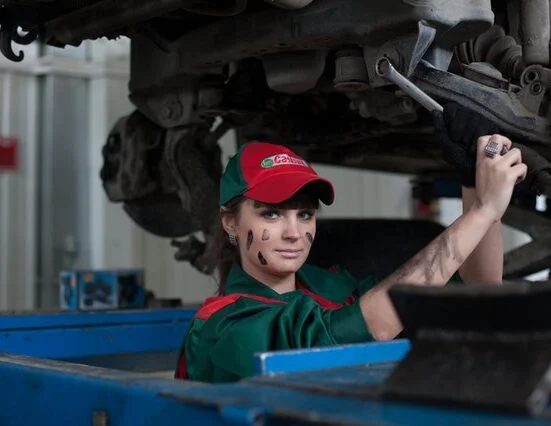Aviation’s fascinating and vital engine is the aircraft engine. Everything is powered by them, including big commercial airliners and tiny private aircraft. Different engine types are available, each tailored to meet particular performance requirements and aircraft sizes. Although they function according to different principles, piston, and jet engines, both aim to produce thrust. Examining these engines’ construction, functioning, and maintenance needs is necessary to comprehend them. With this understanding, you can appreciate the engineering achievements that made air travel possible on a deeper level.
Table of Contents
Aircraft Engine Types
Piston engines and jet engines are the two main types of aircraft engines. The primary use of piston engines in smaller aircraft is the conversion of controlled fuel explosion energy in cylinders into mechanical work that turns a propeller. Conversely, jet engines are more intricate and found in larger aircraft such as military and commercial jets. Jet engines come in various varieties, such as turbojets, turbofans, turboprops, and turboshafts. Each has unique characteristics that suit a particular type of aircraft and set of flying conditions. In order to create thrust, these engines compress air, combine it with fuel, light the mixture, and quickly release the heated gasses.
How Jet Engines Operate
The third rule of motion by Newton serves as the foundation for the jet propulsion principle, which powers jet engines. Through the inlet, the air is initially sucked into the engine. Following that, the compressor’s revolving blades compress the air, greatly raising its pressure. Fuel and pressurized air are mixed in the combustion chamber prior to ignition. A stream of gas with high pressure and temperature is produced during this combustion process. After passing through the turbine, the expanding gasses extract some energy to power the compressor. Ultimately, the airplane is propelled forward by thrust produced by the last of the high-speed exhaust gasses being released via the nozzle.
Important Parts of Piston Engines
A number of essential parts combine to form piston engines, which generate power. The motion takes place in the cylinders, where each cylinder is filled with gasoline and air during the intake stroke. The piston compresses this combination during the compression stroke, which increases its explosive power. During the power stroke, a spark plug ignites the compressed mixture, causing a small explosion that pushes the piston downward. The propeller is eventually spun by the crankshaft, which is turned by this movement. The spent gasses are released from the cylinder during the exhaust stroke. Other crucial components include the magnetos, which generate the spark required for ignition without the assistance of an external electrical source, and the throttle, which regulates the engine’s power output.
Upkeep and Security
Frequent checks ensure the engine operates smoothly and effectively by assisting in the early detection of possible difficulties. Checking and replacing spark plugs, filters, and oil are among the maintenance chores. Additionally, you want to inspect the valves, pistons, and cylinders for wear and damage. Engine performance must be tracked using a variety of gauges and instruments, and any anomalies must be quickly addressed. When the aircraft is not in operation, protective tools such as aircraft engine covers, and wingtip protectors are utilized to prevent damage from debris and bad weather. Following these maintenance procedures improves flight operations’ overall safety while also extending the engine’s lifespan.
Aspects Related to Efficiency and The Environment
Technological developments have produced engines with higher fuel efficiency, which lowers operating expenses and greenhouse gas emissions. For example, modern jet engines are made of materials that can tolerate higher temperatures and have better aerodynamics, which increases fuel economy and reduces emissions. Furthermore, research is being done on advancements in synthetic and biofuels to lessen aviation’s carbon footprint. Another important topic is noise reduction, as modern engines have designs that generate less noise pollution.
Conclusion
Whether they are piston or jet engines, these are intricate devices made to supply the energy required for flight. Understanding the various engine types, their functions, and their essential parts will enable you to appreciate the engineering feats of aviation. To guarantee these engines operate dependably and last a long time, regular maintenance and safety procedures are essential. Technological developments keep increasing their effectiveness and lowering their environmental impact.






